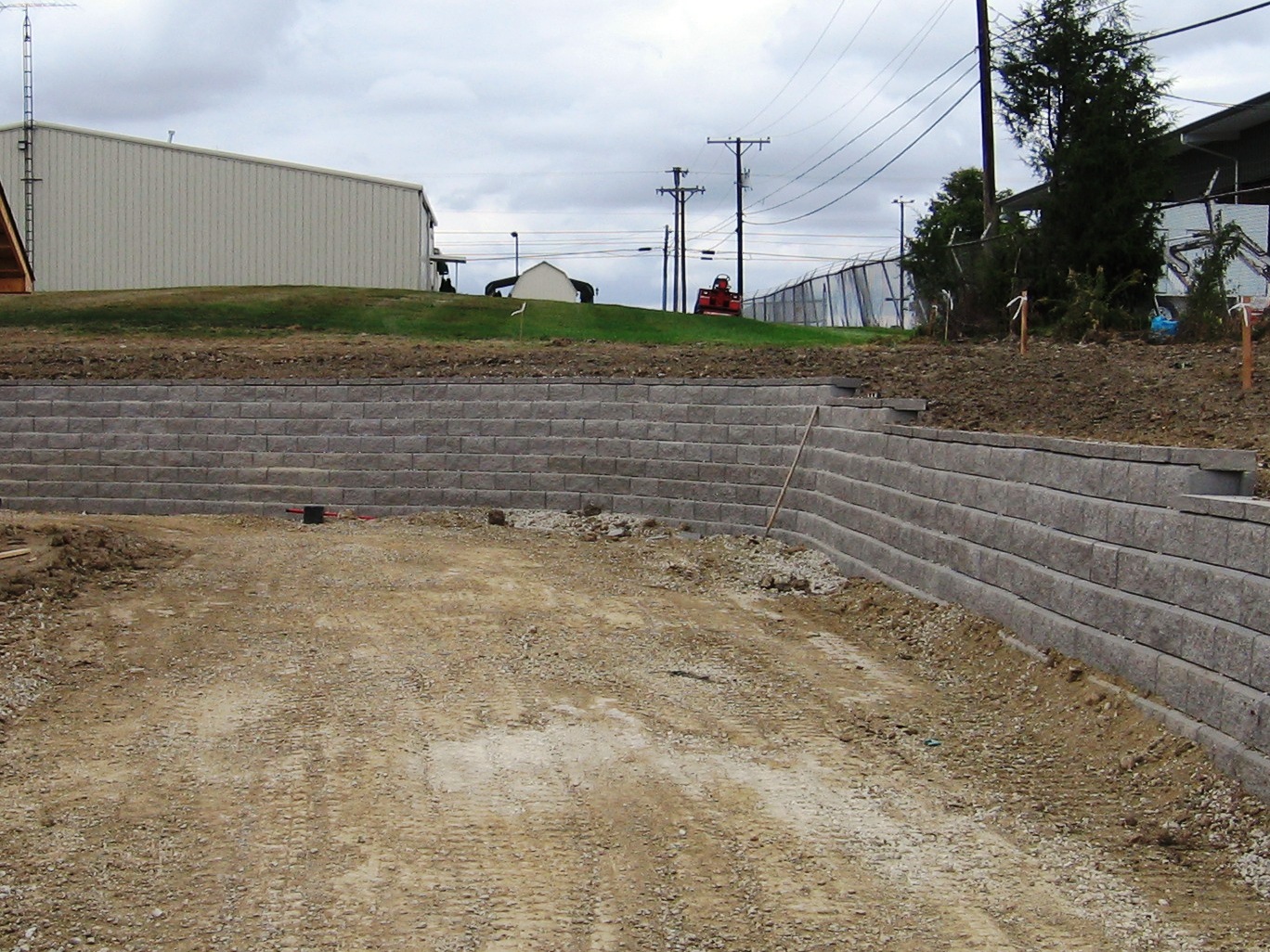Concrete Base Courses
The main objective of concrete base courses is to regulate moisture, preventing the types of damage common to rigid pavement systems. Load transfer concerns, which can necessitate some base course applications, is less of an issue for rigid pavement. Aggregate base courses for rigid (concrete) and flexible (asphalt) pavements are discussed in article 32.11.23.
